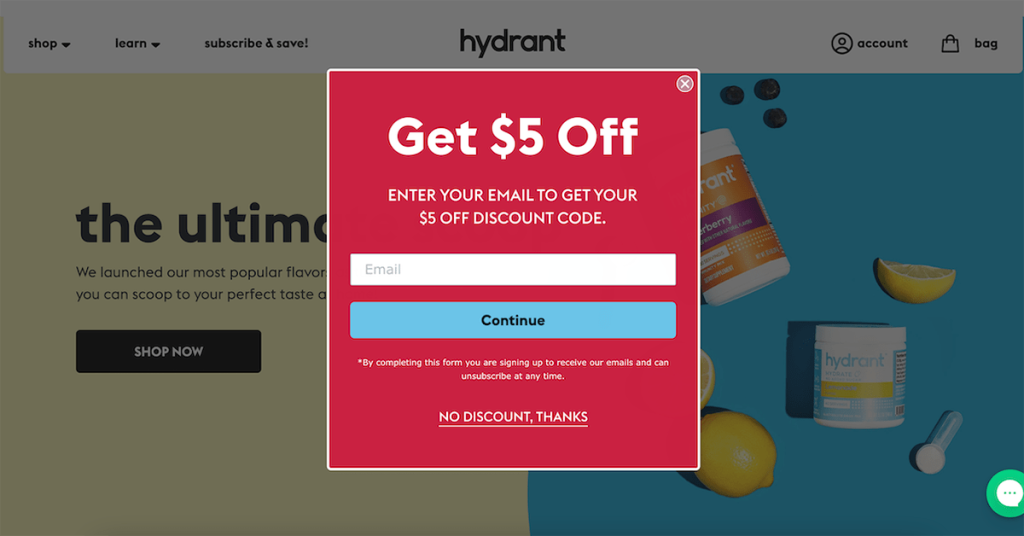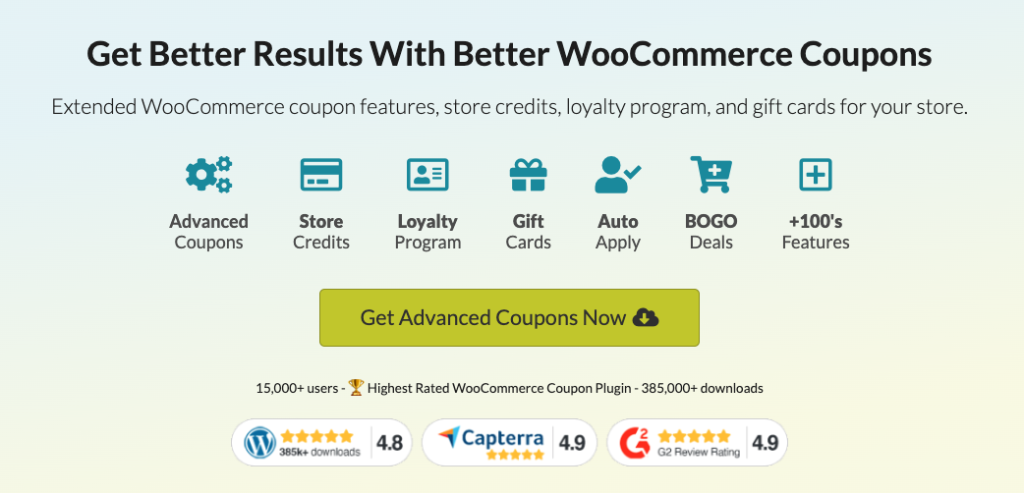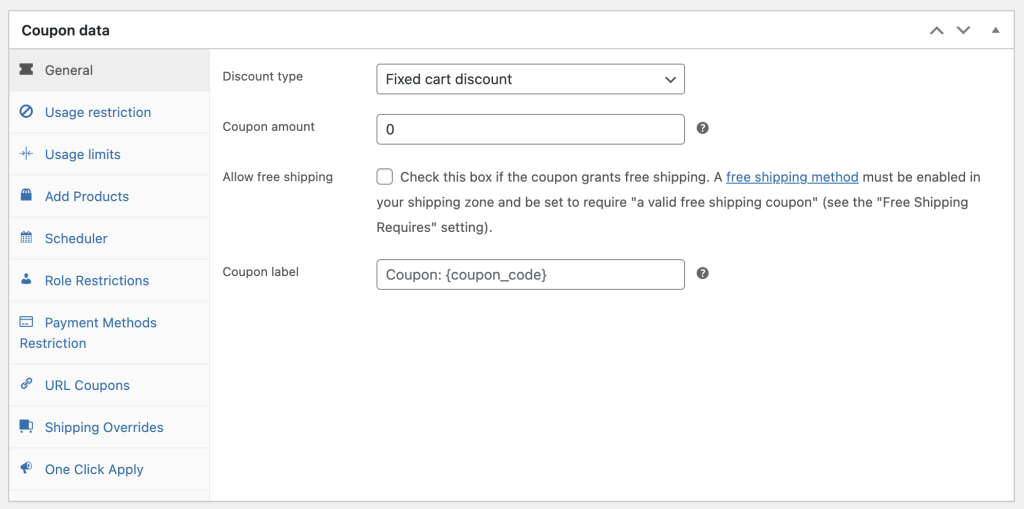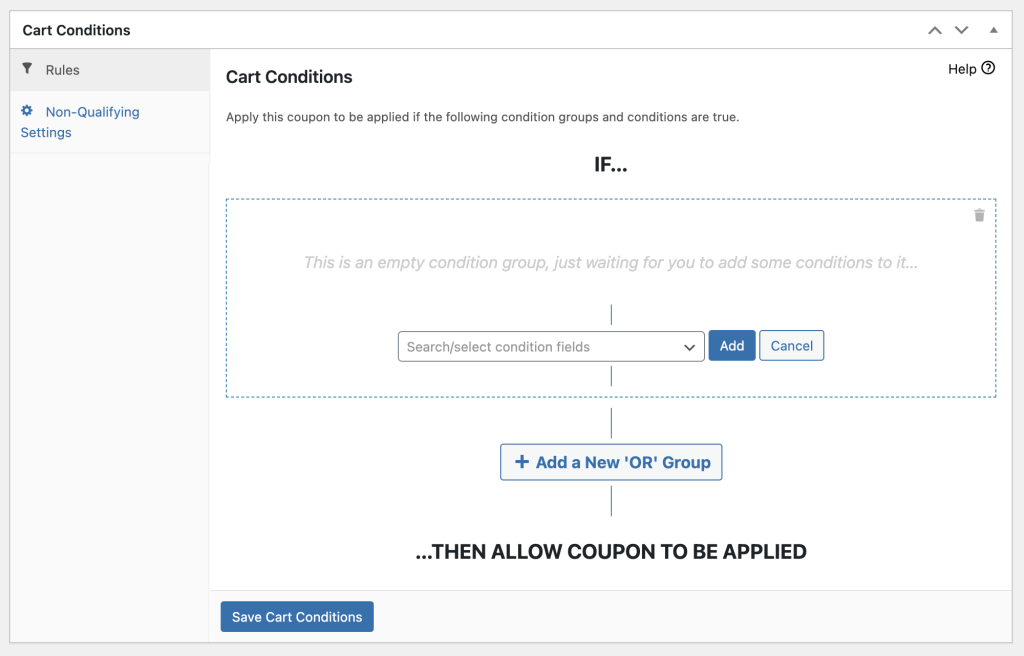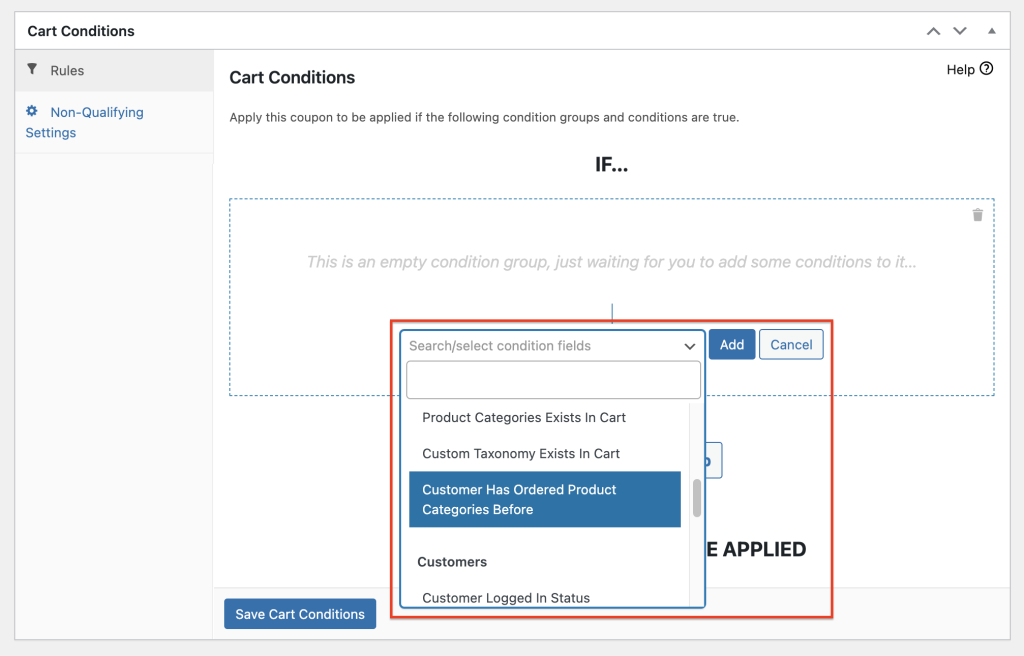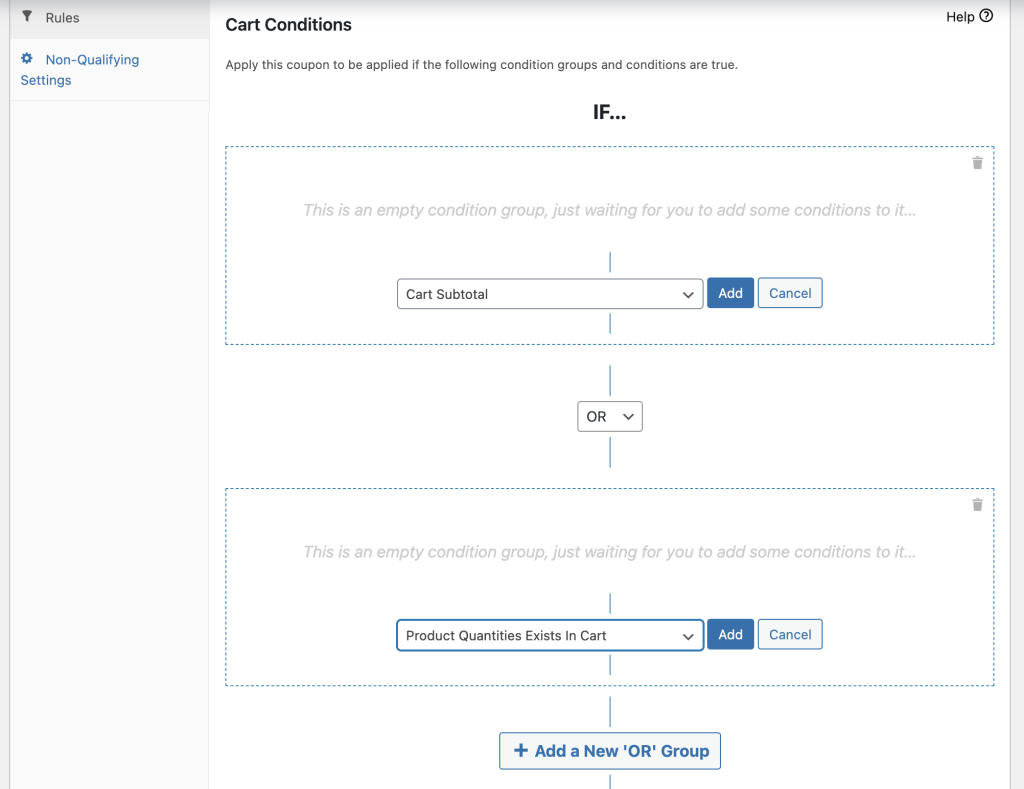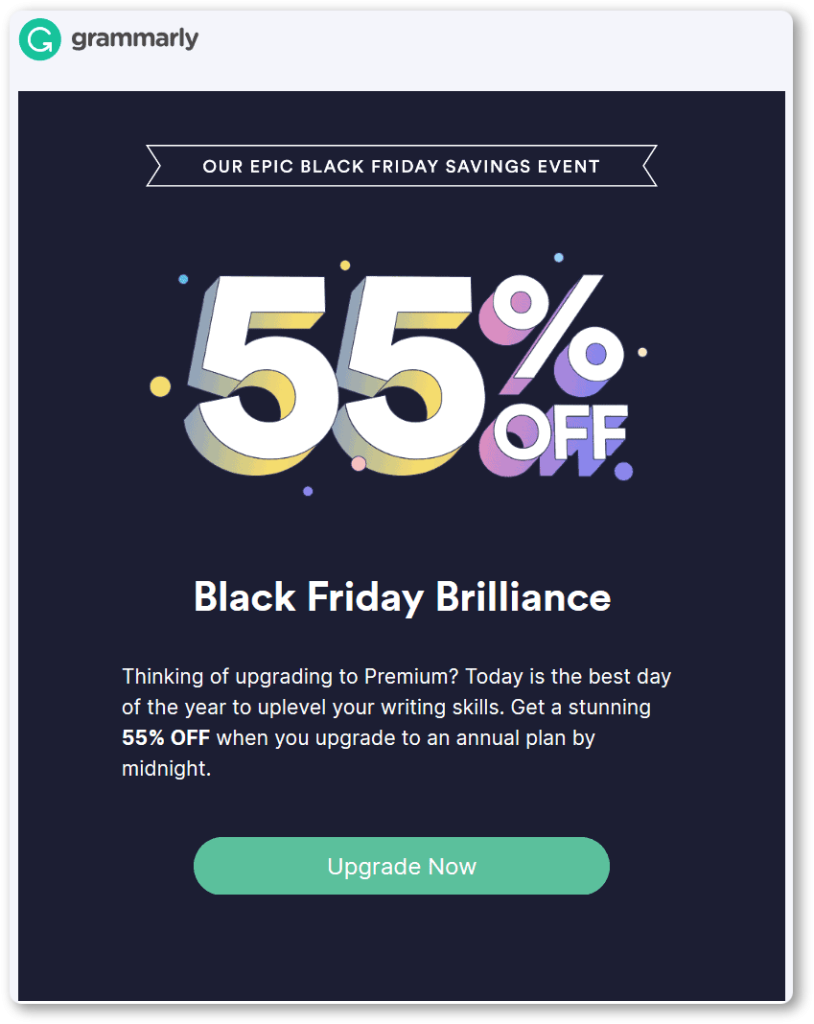
You’ve just started your online store, your products are perfect, your website is stunning, and you’re ready to take over the e-commerce world. But wait, there’s one crucial ingredient missing from this recipe for success: revenue optimization.
Offering coupons to those who buy from you is an effective strategy for attracting new customers, retaining existing ones, and increasing your bottom line. So, if you want to optimize your revenue, one of the easiest ways to do this is by offering flattering discounts in your store.
In this article, we’ll discuss how you can use coupons for revenue optimization in WooCommerce. We’ll also some of the most effective discount strategies you can use in your coupons. Let’s get started!
Why Use Coupons For Revenue Optimization
Coupons are like the Robin Hood of marketing.
They take from your profit margins and give to your customer’s satisfaction, which ultimately leads to more sales and revenue. It’s still a win-win situation, right?
Coupons are an excellent approach to attracting prospective consumers while also keeping old ones coming back for more. It’s like giving them a secret password to a VIP club – who doesn’t want to feel special while still getting a great deal?
Plus, coupons can be used to advertise certain items or categories that you wish to highlight, making them a versatile marketing tool that can help you reach your ideal demographic.
But that’s not all; coupons can also bring in a sense of urgency, prompting buyers to make a purchase they might have avoided otherwise. You know that feeling when you see a sale sign and say to yourself, “I have to get this right away before it’s gone!”
That is the power of a well-timed coupon.
Not to mention the positive association consumers will have with your business when they use your coupons to save money. They’ll be more likely to return for more and refer you to other people they know.
So, why use coupons for revenue optimization?
Because they’re a clever little marketing tool that can do wonders for your business. They make your customers feel special, advertise specific products, build urgency, and drive sales!
Creating Coupons In WooCommerce
Creating coupons in WooCommerce is fairly easy. However, if you want to fully optimize your marketing strategy, a specialized coupon plugin is necessary.
That’s where Advanced Coupons comes in. This plugin is highly recommended for taking your coupon marketing to the next level, providing advanced features beyond the basic coupon creation process.
This powerful plugin lets you run advanced discounts that can be auto-applied, scheduled, and customized to the conditions you wish to set. Additionally, it comes with powerful features like store credits, gift cards, loyalty program integration, and many more to enhance your coupon strategies.
Ready to get started? Let’s dive in!
Step 1: Create a new coupon
To create a new coupon in WordPress using Advanced Coupons, navigate to the Coupons tab and select “Add New”. From here, you can either choose to name the coupon yourself or allow the system to generate a unique coupon code for you:
After naming your coupon or generating a coupon code, the next step is to configure the coupon data. By default, WooCommerce offers three basic settings under this tab:
- General
- Usage Restriction
- Usage Limits
However, if you have Advanced Coupons installed, you will have access to a wider range of configuration options in this section. These advanced features allow you to set up complex discounts, promotions, and loyalty programs that cater to the specific needs of your business and customers:
Step 2: Select a discount type
Advanced Coupons provides you with various types of discounts that you can offer to your customers, depending on your marketing strategy and business model.
Here’s a breakdown of each kind of discount available in Advanced Coupons:
- Percentage Discount: This type of coupon offers a percentage discount on the total cart value or on specific products. For example, you could offer a 10% discount on all items in the cart or a 20% discount on a specific product.
- Fixed Cart Discount: This coupon offers a fixed discount on the total cart value, regardless of the number or type of products in the cart. For example, you could offer a $50 discount on all purchases over $400.
- Fixed Product Discount: This coupon offers a fixed discount on specific products. For example, you could offer a $15 discount on a specific product.
- Buy X, Get X Deal (BOGO): This coupon offers a free product or a discounted product when a customer purchases a specific product or a specific number of products. For example, you could offer a buy one, get one free deal on a specific product.
- Percentage Cashback (Store Credits): This coupon offers a percentage cashback in the form of store credits, which can be used for future purchases. For example, you could offer 25% cashback on all purchases.
- Fixed Cashback (Store Credits): This coupon offers a fixed cashback in the form of store credits. For example, you could offer a $20 store credit for all purchases over $200.
Ultimately, the type of coupon you choose will depend on your business goals, target audience, and desired outcomes. So, stride carefully and plan accordingly!
Step 3: Set cart conditions
Once you’re all set with your coupon data, you can now Save and Publish your coupon.
However, if you want to further guarantee maximum returns and revenue optimization with coupons, you can further up it a notch with Advanced Coupons’ cart conditions feature!
Cart conditions let you attach extra restrictions and requirements to your coupons, allowing you to target particular customer groups and boost the success of your offers.
You can, for example, create cart rules that require customers to buy a certain number of items, spend a certain amount, or buy specific products in order to qualify for the discount. This simplifies coupon management for you and ensures that you’re not vulnerable to discount abuse.
To get started, simply select or search for the cart condition you wish to apply:
You can also establish several conditions for your discounts, allowing you to create tailored offers that are in line with sale goals.
For example, you can set a cart condition requiring customers to buy a certain number of items, and then add other conditions that require them to buy certain products or fulfill other criteria to qualify for the discount. This amount of personalization and control guarantees that you fully optimize your revenue!
3 Coupon Strategies For Revenue Optimization
Now that we have the coupon prepared, let’s talk about the game plan!
Having an awesome coupon in place isn’t enough to maximize the results. If you want to optimize your revenue through discounting, you need strategies! Here are some strategies you can consider:
1. Limited-time offers
A limited-time offer is a coupon or promotion that is only available for a limited time, usually a few hours to a few days. This kind of offer instills a sense of urgency in customers, encouraging them to make a purchase as soon as possible in order to take advantage of the bargain before it expires.
Limited-time offers are helpful for revenue optimization because they create a sense of scarcity, increasing the drive to buy. Customers who believe they have a limited time to score the savings are more tilted to act promptly and make a purchase rather than waiting or gauging alternative options.
2. Upsell and cross-sell marketing
Upsell and cross-sell marketing encourage customers to buy extra or alternative goods to the items they have previously considered or ordered.
Customers are urged to upgrade to a higher-end or higher-priced version of the product they are interested in through upsell marketing, whilst cross-sell promotions offer related or complementary products that the prospective purchaser may also be interested in.
Because they improve the average order value of each purchase, upsell and cross-sell offers are effective for revenue optimization. You can improve the overall amount of profit gained from each transaction by enticing customers to add products to their cart or upgrade to a higher-ticketed item.
3. Seasonal promotions
Seasonal promotions are special deals or discounts timed to coincide with a specific season, holiday, or event. A summer sale, a Christmas discount, or a Black Friday campaign, for example.
Because they tap into customers’ current motivations and interests and can create a sense of urgency or anticipation around your brand, these promotions can be extremely helpful for revenue optimization.
Seasonal promotions are effective because they match customers’ existing purchasing patterns and desires, and they can give a sense of novelty or specialness that stimulates people to buy.
Customers, for example, may be more likely to purchase a new swimsuit during a summer sale or to stock up on holiday items during a Christmas sale.
Conclusion
Optimizing revenue can be a challenging task, but with the right tool and strategy, you can achieve it successfully. In this article, we have shared three effective ways to utilize coupons for revenue optimization. These include:
In addition to the revenue optimization strategies, we also provided a comprehensive guide to setting up advanced coupons with the Advanced Coupons plugin:
Do you have any questions about this article? Let us know in the comments below!


